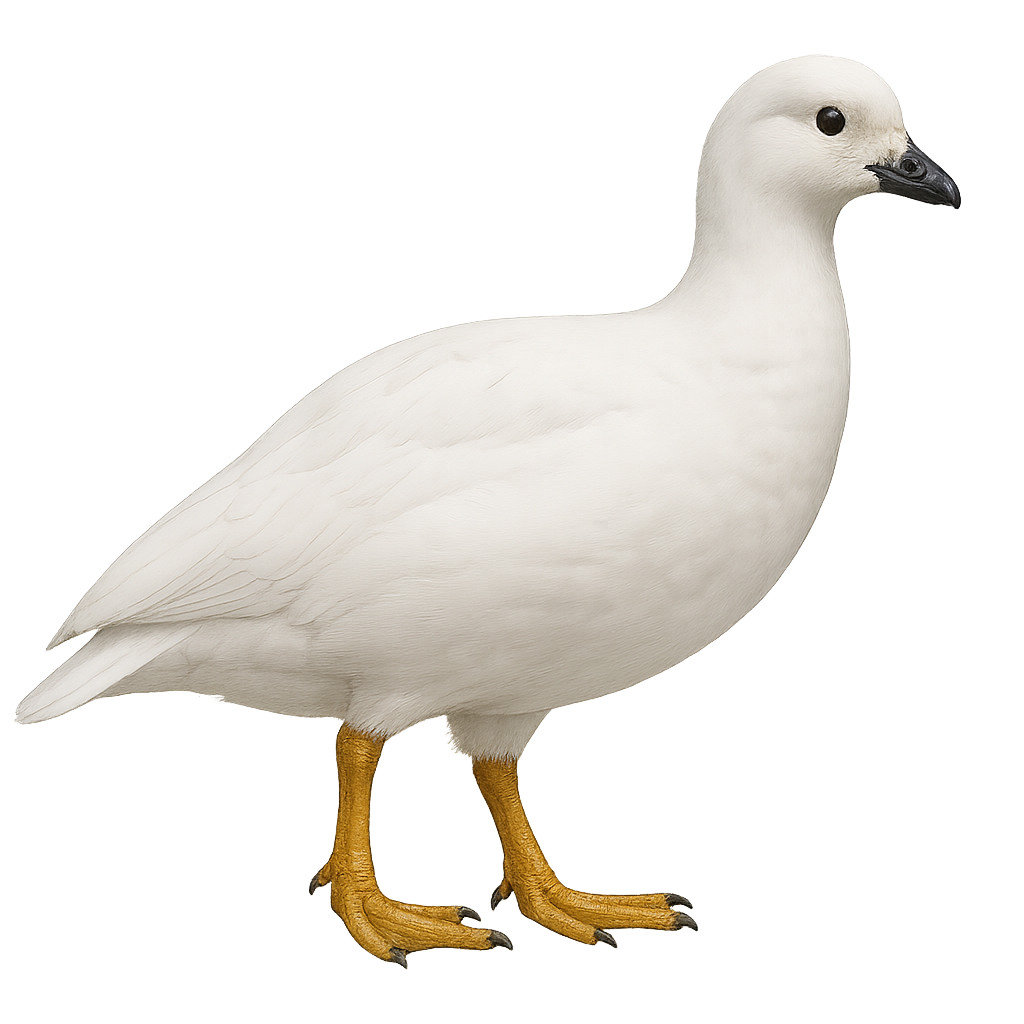Your wildlife photography guide.
Explore the kelp goose in detail, study its behavior, prepare your shots.
Where to observe and photograph the kelp goose in the wild
Learn where and when to spot the kelp goose in the wild, how to identify the species based on distinctive features, and what natural environments it inhabits. The WildlifePhotographer app offers tailored photography tips that reflect the kelp goose’s behavior, helping you capture better wildlife images. Explore the full species profile for key information including description, habitat, active periods, and approach techniques.
Kelp Goose
Scientific name: Chloephaga hybrida

IUCN Status: Least Concern
Family: ANATIDAE
Group: Birds
Sensitivity to human approach: Suspicious
Minimum approach distance: 10 m
Courtship display: October to November
Incubation: 30-32 jours
Hatchings: November to January
Habitat:
Rocky coasts, beaches, salt marshes
Activity period :
Primarily active during the day, with peak activity in the morning and late afternoon.
Identification and description:
The Kelp Goose, or Chloephaga hybrida, is a medium-sized waterfowl belonging to the Anatidae family. It is primarily found along the rocky coasts and beaches of the Falkland Islands and Patagonia. Males display a striking white plumage, while females have a brownish hue with black stripes. These birds are often seen in pairs or small family groups. Their diet mainly consists of algae and aquatic plants. Although generally tolerant of humans, it is advisable to maintain a respectful distance to avoid disturbing them. Their vocalizations are subtle, often limited to soft whistles.
Recommended lens:
400mm – adjust based on distance, desired framing (portrait or habitat), and approach conditions.
Photography tips:
To photograph the Kelp Goose, it is advisable to use a telephoto lens of at least 400mm to capture detailed images without disturbing the bird. The best opportunities often arise early in the morning or late in the afternoon when the light is soft and flattering. Try to position yourself in a spot where you can observe without being seen, using natural elements like rocks for camouflage. Be patient and wait for the bird to relax to get more natural shots.
The WildlifePhotographer App is coming soon!
Be the first to explore the best nature spots, track rutting seasons, log your observations, and observe more wildlife.
Already 1 430 wildlife lovers subscribed worldwide

